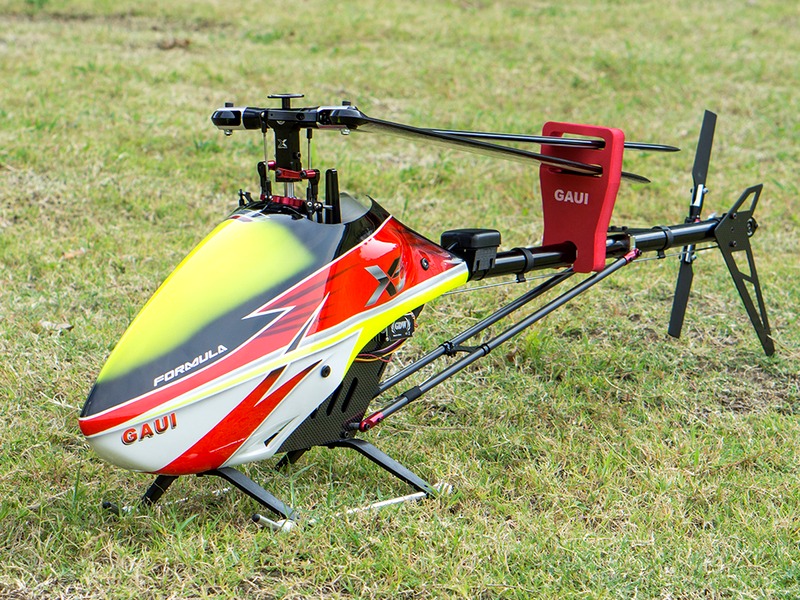Can a helicopter free fall?

Yes, a helicopter can free fall. A helicopter is a type of aircraft that uses rotors to generate lift and thrust. It is capable of hovering, taking off and landing vertically, and flying forwards, backwards, and laterally. However, like any other aircraft, a helicopter can experience a free fall if the engine fails or if the pilot loses control.
When a helicopter is in flight, the lift generated by the rotors keeps the aircraft in the air. The lift is generated by the rotors spinning and creating an area of low pressure above the rotor blades. This low pressure area causes the air to be drawn up and over the rotor blades, creating lift. The thrust generated by the engine is then used to move the helicopter forward.
However, if the engine fails or the pilot loses control, the lift generated by the rotors will no longer be enough to keep the helicopter in the air. Without the lift, the helicopter will start to fall. This is known as a free fall.
During a free fall, the helicopter will accelerate at a rate of 32 feet per second squared, the same rate as any other object in a vacuum. This means that the speed of the helicopter will increase as it falls. The speed of the helicopter will continue to increase until it reaches terminal velocity, which is the maximum speed it can reach before the air resistance is equal to the force of gravity.
The speed of the helicopter during a free fall will depend on its weight and the air resistance it encounters. A heavier helicopter will reach terminal velocity faster than a lighter one. Additionally, the air resistance will be greater in denser air, such as near the ground, which will slow the helicopter down.
When a helicopter is in a free fall, the pilot will need to take action to regain control of the aircraft. This can be done by using the rotors to generate lift and thrust, or by using the aerodynamic controls to maneuver the helicopter. If the pilot is unable to regain control, the helicopter will eventually crash.
In conclusion, a helicopter can free fall if the engine fails or the pilot loses control. During a free fall, the helicopter will accelerate at a rate of 32 feet per second squared and will eventually reach terminal velocity. The pilot will need to take action to regain control of the aircraft, or the helicopter will eventually crash.
Comments / Question
2. Pilot Training: Pilots must be trained to identify and respond to potential hazards that could lead to a free fall. Training includes understanding the aircraft's systems, recognizing signs of an impending free fall, and knowing how to take corrective action.
3. Maintenance: Regular maintenance of the aircraft is essential to ensure that all systems are working properly and that any potential hazards are identified and addressed.
4. Pre-Flight Checks: Pilots must conduct pre-flight checks to ensure that all systems are working properly and that the aircraft is safe to fly.
5. Emergency Procedures: Pilots must be trained to respond to emergency situations and know how to safely land the aircraft in the event of a free fall.

